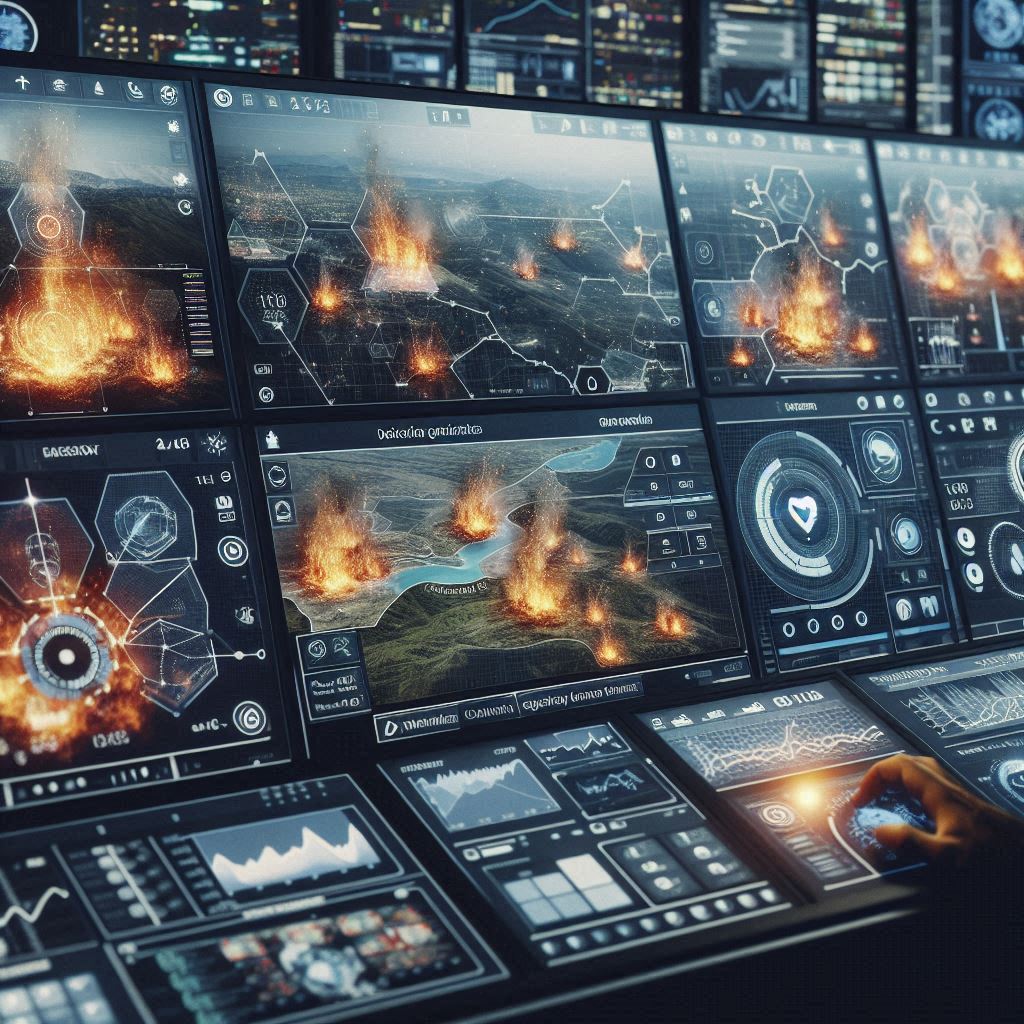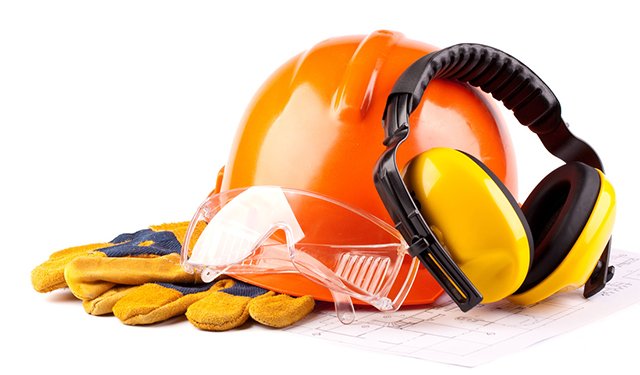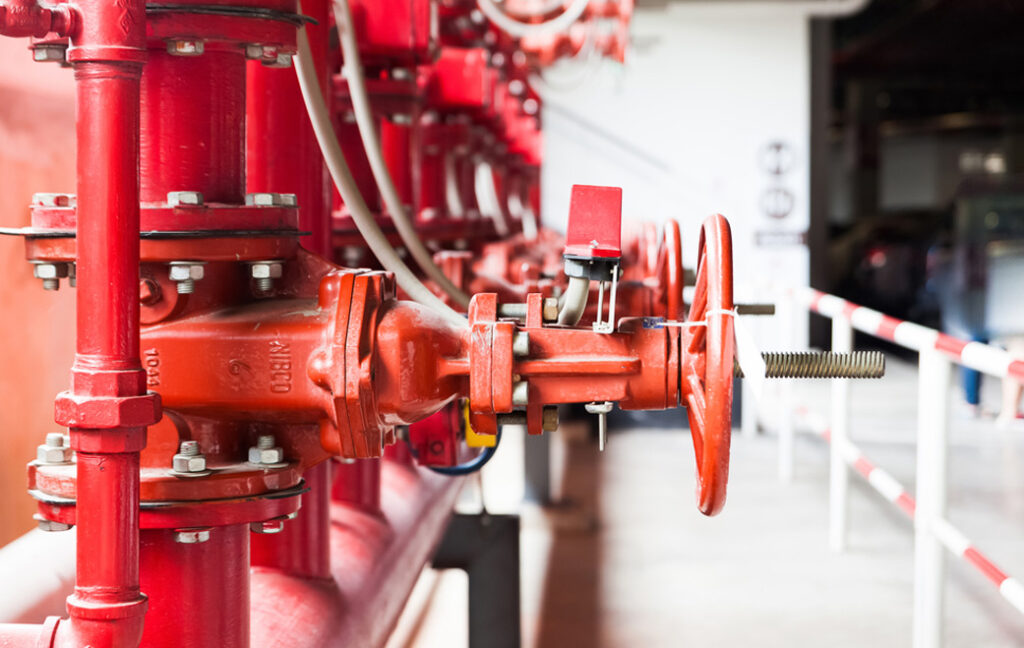Wildfires and structural fires are some of the most destructive and life-threatening disasters faced by communities worldwide. In recent years, the frequency and severity of wildfires have increased due to climate change, deforestation, and urban expansion into fire-prone areas. The challenge of predicting, managing, and mitigating these fires has pushed researchers and emergency services to explore innovative technologies—and at the forefront of these advancements is artificial intelligence (AI).
AI is revolutionizing fire prediction and management by providing tools to forecast fire behavior, optimize resource allocation, and enhance decision-making during fire emergencies. This blog explores how AI is being integrated into fire prediction and management systems, the benefits it offers, and the challenges that remain in fully utilizing its potential.
The Growing Threat of Fires
Wildfires have become more frequent and intense in regions such as California, Australia, and the Amazon rainforest. In 2020, wildfires in the United States alone burned over 10.2 million acres, according to the National Interagency Fire Center. Similarly, urban fires in densely populated areas continue to cause significant damage to life and property.
Traditional fire management techniques, while effective in many cases, often struggle to keep up with the growing complexity of fire behavior. Factors such as wind speed, temperature, humidity, vegetation type, and human activity make fire prediction and management a daunting task. AI offers a new approach by leveraging vast amounts of data, analyzing patterns, and providing actionable insights in real-time.
AI in Fire Prediction
One of the most critical aspects of fire management is predicting when and where a fire is likely to occur. Early detection and accurate forecasting can save lives, reduce property damage, and minimize environmental destruction. AI is playing a pivotal role in transforming fire prediction by analyzing massive datasets and identifying patterns that humans might miss.
1. Weather and Environmental Data Analysis
AI systems can process vast amounts of weather and environmental data, such as temperature, humidity, wind patterns, and vegetation moisture levels. Machine learning algorithms analyze these factors to predict the likelihood of a fire starting in a specific area.
For example, AI models can use satellite imagery to monitor vegetation health and identify areas with dry, flammable materials. By combining this information with real-time weather data, AI can generate fire risk maps that help authorities prioritize resources for fire prevention.
2. Real-Time Monitoring
AI-powered systems are capable of real-time monitoring of fire-prone areas using data from satellites, drones, and ground-based sensors. These systems can detect anomalies such as sudden temperature spikes or smoke, which might indicate the start of a fire.
- Drones with AI: Drones equipped with AI-powered thermal imaging cameras can scan large areas for heat signatures, even in remote or inaccessible locations.
- Satellite Imagery: AI analyzes satellite images to detect changes in land cover or vegetation that increase fire risk. Programs like NASA’s Fire Information for Resource Management System (FIRMS) use AI to provide early warnings of wildfire activity.
3. Fire Spread Prediction
Once a fire has started, predicting its behavior is crucial for effective containment. AI models use data on terrain, vegetation, weather, and fire intensity to simulate how a fire will spread. These simulations help firefighting teams anticipate the fire’s movement and plan their response accordingly.
For example, AI-driven platforms such as WIFIRE use machine learning to model fire behavior and provide real-time predictions. By analyzing data from multiple sources, WIFIRE offers insights into how a fire might evolve over the next few hours or days, enabling proactive decision-making.
AI in Resource Allocation
Effective resource allocation is critical during fire emergencies. Firefighting teams often face the challenge of deciding where to deploy personnel, equipment, and resources to maximize their impact. AI is helping to optimize these decisions by analyzing data and providing recommendations.
1. Dynamic Resource Deployment
AI systems can analyze real-time data on fire behavior, weather conditions, and available resources to suggest the optimal deployment of firefighting teams and equipment. For instance:
- AI can identify high-risk areas that require immediate attention, ensuring that resources are allocated where they are needed most.
- Predictive models can forecast resource demands, such as the number of fire trucks, helicopters, or water supplies required for a specific fire.
2. Supply Chain Optimization
During large-scale fire events, ensuring a steady supply of equipment, fuel, and other resources is critical. AI-powered logistics systems can optimize supply chains by predicting demand, identifying bottlenecks, and streamlining transportation routes.
For example, AI can help coordinate the delivery of fire retardants to aerial firefighting teams, ensuring that they have a continuous supply during operations.
3. Evacuation Planning
In addition to firefighting resources, AI assists in planning and managing evacuations. By analyzing traffic patterns, population density, and fire spread predictions, AI can recommend the most efficient evacuation routes and strategies. This minimizes congestion and ensures that residents can evacuate safely and quickly.
AI in Decision-Making During Fire Emergencies
Fire emergencies are often chaotic and fast-moving, requiring split-second decisions that can have life-or-death consequences. AI enhances decision-making by providing real-time information, actionable insights, and predictive analytics.
1. Incident Command Support
AI-powered dashboards provide incident commanders with a centralized view of all relevant data, including fire location, behavior, weather conditions, and resource availability. These systems enable commanders to:
- Monitor the situation in real-time.
- Simulate different response scenarios.
- Make informed decisions based on data-driven insights.
2. Risk Assessment
AI helps assess the risks associated with different firefighting strategies. For example, if firefighters are planning to create a firebreak, AI can simulate the potential outcomes and identify any risks, such as sudden wind shifts that might render the strategy ineffective.
3. Communication and Coordination
AI-powered communication systems improve coordination among firefighting teams by automating routine tasks, such as dispatching updates or tracking personnel. These systems ensure that all team members have access to the latest information, reducing the risk of miscommunication.
4. Post-Incident Analysis
After a fire has been contained, AI can analyze data from the event to identify areas for improvement. This includes evaluating the effectiveness of firefighting strategies, assessing resource utilization, and recommending changes to training or procedures.
Benefits of AI in Fire Prediction and Management
The integration of AI into fire prediction and management offers numerous benefits:
- Early Detection: AI enables faster detection of fires, reducing response times and minimizing damage.
- Improved Accuracy: Machine learning algorithms analyze vast amounts of data to provide highly accurate predictions of fire behavior.
- Enhanced Efficiency: AI optimizes resource allocation and decision-making, ensuring that firefighting efforts are as effective as possible.
- Cost Savings: By preventing fires from escalating and optimizing resource use, AI reduces the overall cost of fire management.
- Reduced Risk: AI minimizes risks to firefighters and residents by providing better situational awareness and evacuation planning.
Challenges and Limitations
Despite its potential, the integration of AI in fire management faces several challenges:
- Data Availability: AI systems require large amounts of high-quality data, which may not always be available in remote or underdeveloped areas.
- Computational Requirements: Real-time fire prediction and management require significant computational power, which can be a barrier for smaller organizations.
- Integration with Existing Systems: Fire management agencies must invest in training and infrastructure to integrate AI with their existing workflows.
- Unpredictable Variables: While AI is highly effective, it cannot account for every variable, such as sudden weather changes or human behavior, which can impact fire behavior.
The Future of AI in Fire Management
The future of fire prediction and management lies in the continued integration of AI with other advanced technologies. For example:
- Autonomous Drones: AI-powered drones could provide real-time surveillance and firefighting capabilities without putting human lives at risk.
- AI-Driven Firefighting Robots: Ground-based robots equipped with AI could assist in extinguishing fires in hazardous environments.
- Global Fire Monitoring Networks: Collaborative efforts between governments, private companies, and research institutions could create global AI-powered systems for fire monitoring and response.
Conclusion
The integration of artificial intelligence in fire prediction and management represents a transformative step forward in combating one of humanity’s oldest and most destructive challenges. By leveraging the power of AI, we can predict fires more accurately, allocate resources more efficiently, and make smarter decisions during emergencies. While challenges remain, the potential of AI to save lives, protect property, and preserve ecosystems is undeniable.
As technology continues to evolve, AI will play an increasingly vital role in creating a safer and more resilient world. By embracing these advancements, we can better prepare for the fire-related challenges of the future and ensure that our communities are equipped to face them head-on.





